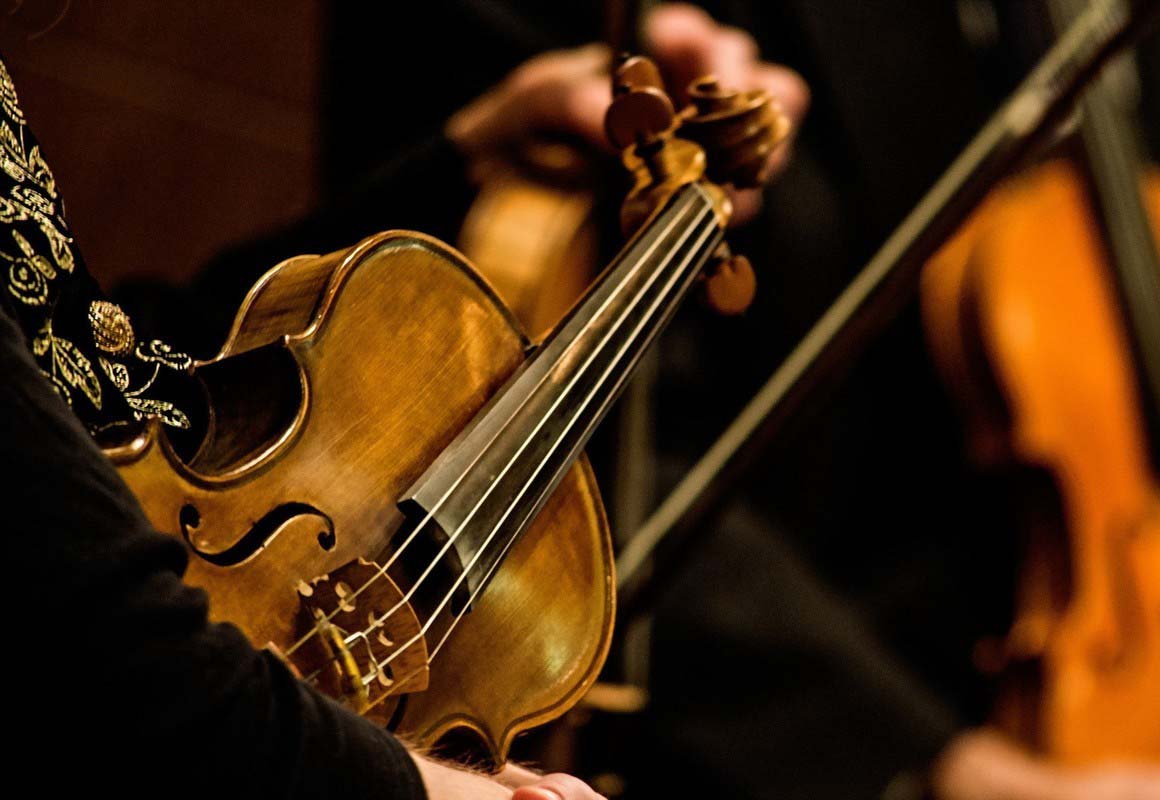
Carnatic Music….A Delightful Vista
OVERVIEW
- Carnatic Music is classical music from South India. Most of the songs in Carnatic Music were composed by the Trinity of Carnatic Music : Sri Thyagaraja, Sri Mutthuswamy Dikshathar and Sri Shyama Sastri. Sri Purandaradasa offered songs in Kannada. Actually, so many great men and women saints and poets in India have offered thousands of songs in pure classical Carnatic Music that one cannot mention them all here. Songs were found to have flowed from these Great Ones due to their devotion to God.
- Carnatic Music comes in several languages such as Sanskrit, Tamil, Telugu, Kannada etc. In time, Hindi bhajans were also included in a Carnatic Music style.
INSTRUMENTS
- The musical instruments typically used in a concert is the Tambura, Violin and the Mridangam (drum for the rhythm). Tambura is the drone of set musical notes such as the Lower Sa, the middle Pa and the High Sa to enable the singer to sing in tune. Some songs will need “Ma” instead of “Pa”. This sets the Sruthi, the pitch, to use an easy term. The pitches are naturally different for men and women singers. The pitch is decided by the voice and its ranges. The Tambura is tuned to the desired pitch of the singer before the concert. Violin and Mridangam are used as accompaniments.
- Sometimes, usually for accomplished and renowned singers, musical instruments Ghatam and Ganjira are performed. Ghatam is a huge pot made of clay specially for music. Ganjira is like a tambourine, but has its own peculiar sound. During the rhythm solo, these rhythm artists usually perform sort of a Jugalbandi, a duel among themselves.
BASIC DEFINITIONS
- Raagam is the foundation and basis for all the Carnatic Music songs. A Raagam is a distinct Melody defined in a set pattern using the seven musical notes – Sa, Ri, Ga, Ma, Pa, Dha, Ni. (Sa itself as the highest note of the range constitutes the eighth note, if you will.)
- Rhythm: But to perform a song, not only the Melody, but also the Rhythm is essential. The Rhythm in Carnatic Music is called Thaalam. There are several set patterns of Thaalam, some more complicated than the others.
- Alaapanai is the singing of the Raagam with just the Tambura. It is an elaborated expansion of the Raagam according to the skills and imagination of the singer. The Aalaapanai can be either long or short depending upon the positioning of the song.
- Krithi is the song.
- Swaram: Performing Swaram is using just the seven notes, ranging from simple to complicated patterns along with Violin and Mridangam accompaniments. There is usually a duel, so to speak, between the singer and the violinist, demonstrating their skills and talents. The Swaram part ends with the first line of the song.
- Thani Aavardhanam is the solo performance of the Mridangam. Here the drummer gets an opportunity to entertain the audience with his skills, knowledge and sounds of his instrument.
PROCESS
- A typical Carnatic Music Concert starts with a Varnam which gives a complete and thorough workout for the voice. The next item is dedicated to Lord Ganesha, the manifestation of the Higher Power who removes obstacles and ensures success. At the beginning of a song, first the Aalaapanai is performed. Then the song itself is performed with rhythm. At the end of the song, an optional Swaram is performed.
- Somewhere in the middle, an elaborate set of Aalaapanai – Krithi (song) – Swaram is performed. Then Thani Aavardhanam is performed. As an option, a complicated pattern of Melody, Song with Rhythm and then Swaram is offered. It is called Raagam-Thaanam-Pallavi.
- At the end of the concert, lighter songs are performed and at the every end a Peace offering called Mangalam is performed.

